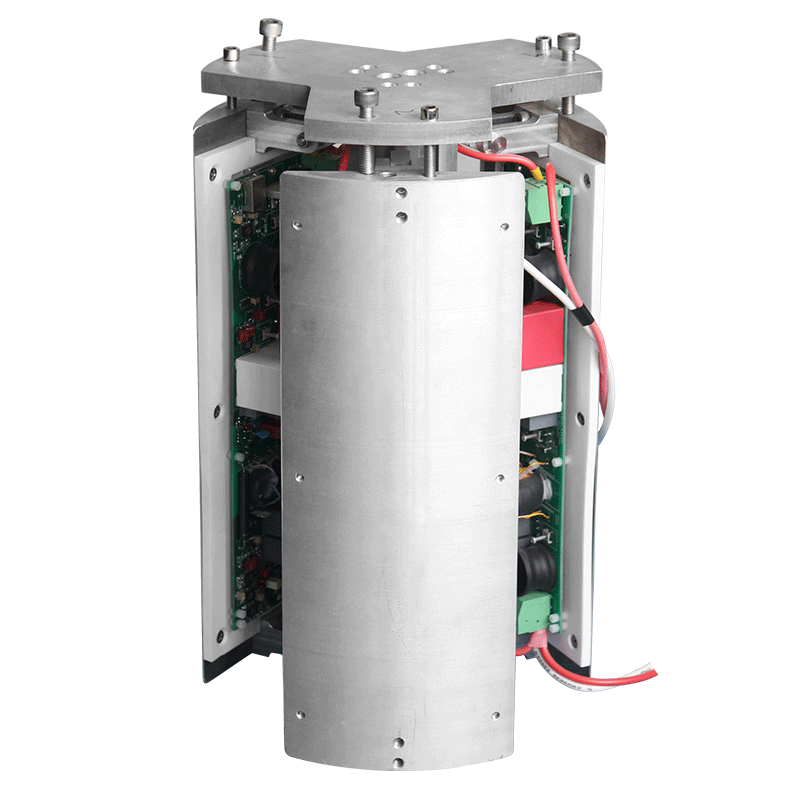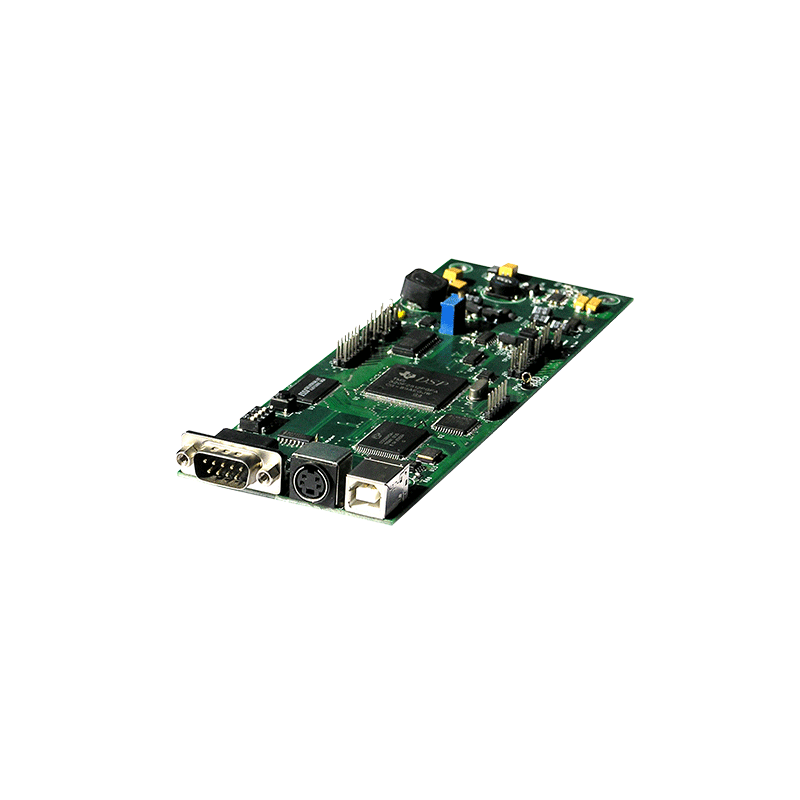The Key Role and Technical Challenges of High-Voltage Pulsed Power Supplies in Electron Beam Therapy
With the advancement of medical technology, electron beam therapy has become an important treatment method, especially having significant advantages in the field of cancer treatment. In this therapy, high-voltage pulsed power supplies play a crucial role. This article will explore the key role of high-voltage pulsed power supplies in electron beam therapy and the technical challenges they face from a professional perspective.
I. The Key Role of High-Voltage Pulsed Power Supplies
1. Generate high-energy electron beams: High-voltage pulsed power supplies generate high-energy electron beams by creating a high-voltage electric field, causing electrons to be stripped from atoms or molecules. These electron beams have high energy, high penetrability, and high dose rates, which can precisely destroy cancer cell structures and achieve therapeutic purposes.
2. Control the performance of electron beams: High-voltage pulsed power supplies can precisely control parameters such as the energy, beam intensity, and pulse width of electron beams, thereby achieving personalized treatment for different conditions and patient needs. In addition, high-voltage pulsed power supplies can also achieve focusing and scanning of electron beams, improving treatment effectiveness.
3. Ensure treatment safety: High-voltage pulsed power supplies have comprehensive safety protection functions, such as overload protection and short-circuit protection, ensuring the safe and stable operation of the equipment during treatment and protecting the safety of patients and medical staff.
II. Technical Challenges
1. Stability of high-voltage pulsed power supplies: Electron beam therapy requires high stability of high-voltage pulsed power supplies. Power fluctuations may lead to changes in electron beam energy and beam intensity, affecting treatment effectiveness. Therefore, improving the stability and reliability of high-voltage pulsed power supplies is one of the technical challenges.
2. Precise control of pulse width: Pulse width is one of the key factors affecting the effectiveness of electron beam therapy. Shorter pulse widths can increase the peak power of electron beams and enhance treatment effects; however, too short pulse widths may lead to uneven energy distribution of electron beams, affecting treatment effectiveness. Therefore, achieving precise control of pulse width is another technical challenge.
3. Coordination between power supply and treatment equipment: High-voltage pulsed power supplies need to work together with electron beam therapy equipment (such as accelerators, scanning systems, etc.) to ensure the accuracy and stability of electron beams. This requires good interface performance and compatibility between the power supply and treatment equipment, which is also a technical challenge.
4. Reduce equipment size and weight: To facilitate clinical application and reduce equipment costs, high-voltage pulsed power supplies need to minimize size and weight while ensuring performance. This requires the use of advanced manufacturing processes and material science technologies to improve the power density of the power supply.
5. Intellectualization and remote monitoring: With the development of medical informatization, the requirements for intellectualization and remote monitoring of high-voltage pulsed power supplies are also increasing. Realizing remote operation, fault diagnosis, and preventive maintenance functions of the power supply helps to improve equipment operation and maintenance efficiency and service quality.
In summary, high-voltage pulsed power supplies play a pivotal role in electron beam therapy. Faced with technical challenges, researchers need to continue to innovate and promote the advancement of high-voltage pulsed power supply technology, providing strong support for the clinical application of electron beam therapy.




















